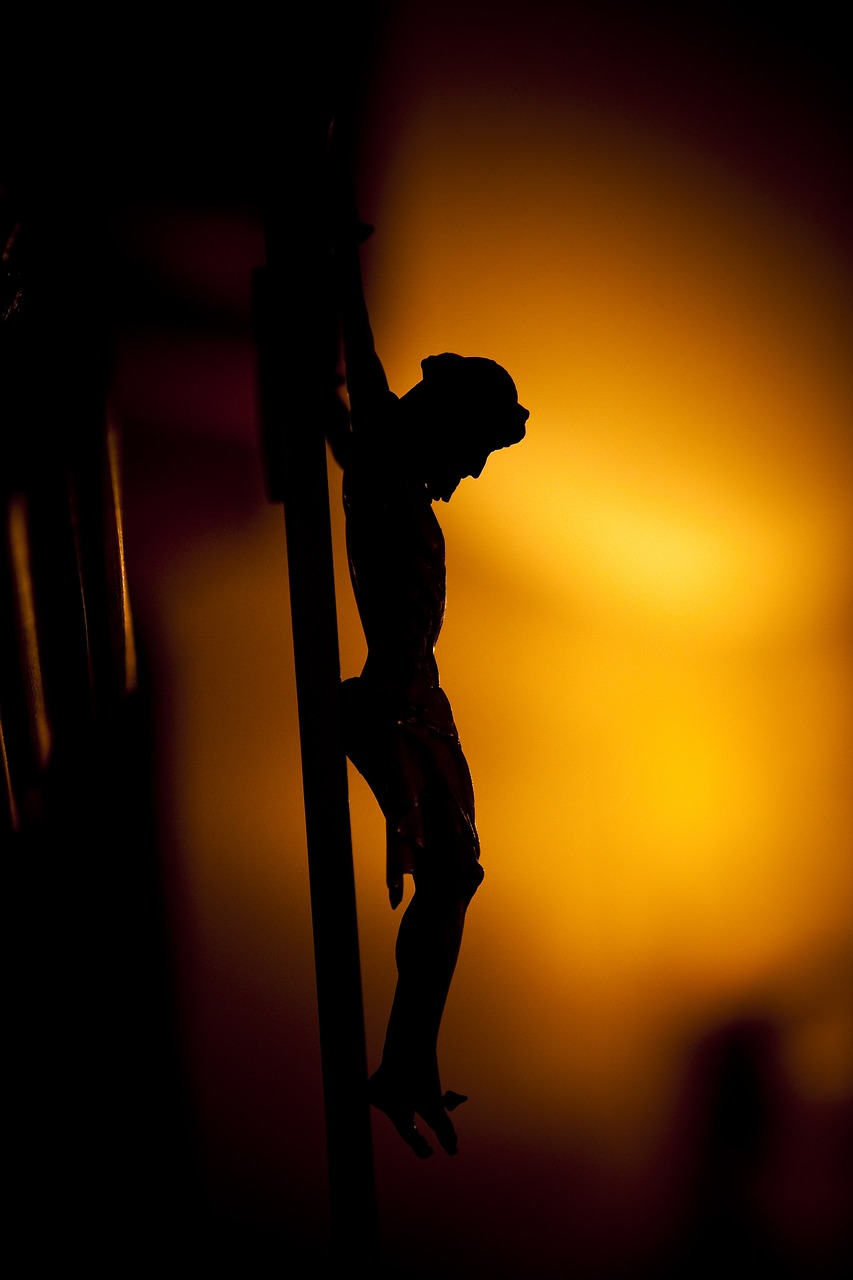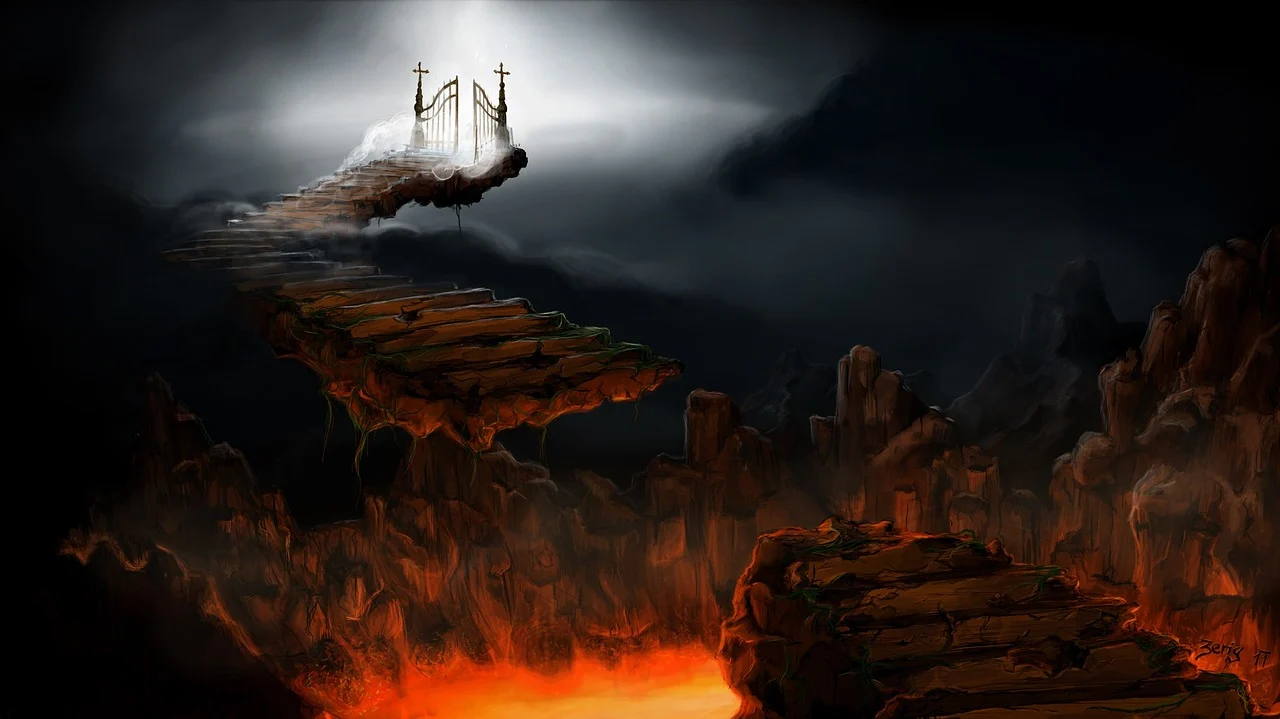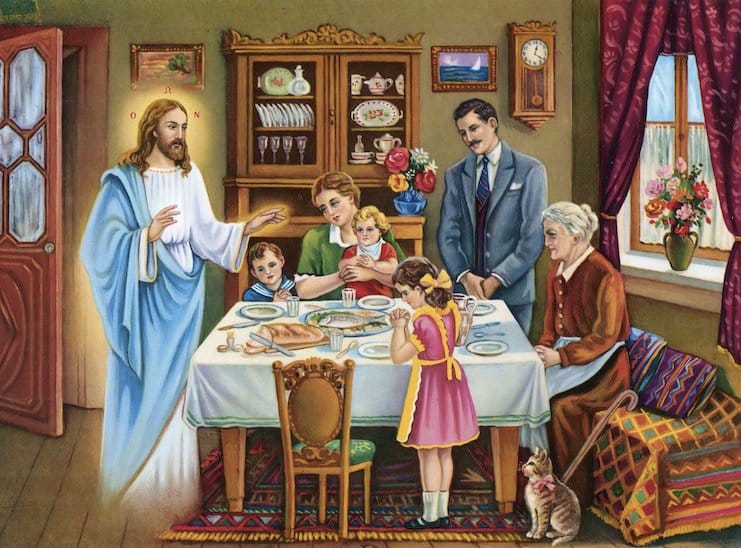Story of the Hymn Rock of Ages

The Story of the Hymn Rock of Ages is a popular Christian hymn written by the Reformed Anglican minister, poet and hymn writer, Augustus Toplady (4 November 1740 – 11 August 1778) who was born in the town of Farnham, Surrey, England.
He is best remembered as the author of his famous hymn, Rock of Ages - three of his other hymns are – A Debtor to Mercy Alone, Deathless Principle, Arise and Object of My First Desire.
The Story of the Hymn Rock of Ages refers to God as an All-Powerful, immovable, solid Rock - our Fortress in whom we can take refuge and seek our Salvation to free us from sin.
In everyday life, rocks represent struggles to overcome and goals to be gained.
Problems and uncertainty can bring feelings of being at the mercy of the unknown.
Fear creates negative emotions about the future.
Rock of Ages Cleft for Me is about one who seeks refuge in a Divine, Rock Divide from the deluge of sin's guilt.
Background
Story of the Hymn Rock of Ages
Augustus Toplady's father, Major Richard Toplady from Enniscorthy, County Wexford in Ireland died soon after he fought in the Battle of Cartagena de Indias in May, 1741 of yellow fever leaving Augustus' mother to raise him alone.
His mother, Catherine (nee Bates) had a brother who was rector of St. Pauls, Deptford in south-east London.
Augustus and his widowed mother moved from Farnham to Westminster where he attended Westminster School from 1750 to 1755 then, they moved to Ireland where he was enrolled in Trinity College, Dublin.
It was in Ireland, in 1756, that he was brought to Christianity at the age of sixteen at a service held in a barn in Codymain.
He came to full knowledge of the Gospel in all its perfection in 1758 through the great Goodness of God.
In 1759, Toplady published his first book, Poems on Sacred Subjects.
In 1760, he graduated from Trinity College and returned to Westminster with his mother.
In 1762 Toplady was ordained as an Anglican deacon by the Bishop of Bath and Wells and was appointed curate in the small town of Blagdon, in the Mendip Hills of Somerset.
He was ordained a priest in 1764, then returned to London where he served as curate of Farleigh Hungerford (1764–65).
In May 1766, he became incumbent of Harpford and Venn Ottery, two villages in Devon.
In 1768, however, he learned that this incumbency had been purchased for him and chose to exchange the incumbency for the post of vicar of Broadhembury where he served until his death.
Calvinism

Story of the Hymn Rock of Ages
Toplady was a follower of Methodism but changed his views when he read the works of 17th century preacher, Thomas Manton.
He was also influenced by several prominent Calvinist ministers, including George Whitefield, John Gill, and William Romaine.
Calvinism, also called Reformed Christianity is a major branch of Protestantism that follows the theological Christian practice set down by John Calvin and various other Reformation-era theologians that emphasize the sovereignty of God and the authority of the Bible.
As a Calvinist, Augustus Toplady bitterly opposed the views of John Wesley (28 June 1703 – 2 March 1791) an English cleric, theologian, and evangelist who was a leader of a revival movement and co-founder of the Methodist Church.
Publication

Story of the Hymn Rock of Ages
The first four lines for the 1st version of the 1st verse were published in The Gospel Magazine in October, 1775.
In 1776, in the March edition of The Gospel Magazine, a revised first verse, plus three more verses were published.
A further revised version was published in July 1776 in Toplady's hymnal, Psalms & Hymns for Public and Private Worship.
Toplady wrote: "Just as England could never pay her national debt, so man could never by his own merits satisfy the justice of God".
Story of the Hymn Rock of Ages

In 1763, Augustus Toplady wrote his famous Rock of Ages and this is where legend surrounds the beautiful hymn.
Toplady, then a curate (assistant Church of England preacher) in the nearby village of Blagdon, drew his inspiration from an incident in the gorge of Burrington Combe in the Mendip Hills in England when he was caught in a torrential thunderstorm while out walking close to his home, and he found shelter under a huge overhanging rock.
This rock had been “cleft big enough, just for me" as protection from the buffeting storm.
Here, in this rock-divide is where he conceived one of the most popular hymns ever written, "Rock of Ages, Cleft for me, Let me hide myself in Thee."
"Simply to Thy Cross I Cling"

Story of the Hymn Rock of Ages
To "cling" to Thy Cross, Augustus M. Toplady reveals his need for a Savior and clings to his Cross of Christ.
The Cross of Christ is a sign of both Jesus Christ and of Christianity, the faith of Christians.
It symbolizes the Crucifixion of Jesus Christ, His Passion and Death and His Resurrection - Christ's “Victory” over sin and death.
The Cross symbolizes the Atoning Death of Jesus, Who Died on the Cross for the sins of the world.
A barbaric instrument of torture became the Divine, Cross of Christ that shines bright for all who can see its symbol of love, hope and everlasting life.
When we "cling" to our Cross, we accompany Jesus in a spirit of reverence and share in Christ's redemption of the world.
"Be of Sin the Double Cure"

Story of the Hymn Rock of Ages
Sin corrupts the mind and separates humanity from one another and from God.
The conscience is the Voice of God providing a moral sense through Divine Principles.
The prodigal acknowledges their sins by turning to Jesus Christ and asking for forgiveness and deliverance.
Sin leads to consequences when we go against how God designed us to live - transgression of Divine Law can cause eternal separation from God.
Augustus Toplady writes that Jesus' Atoning Death is the “double cure” of our sin in the hymn, Rock of Ages.
Our redemption in Christ is twofold:
1. We ask Jesus to save us from sin's guilt.
2. Make us pure by cleansing us from sin's power.
Life becomes precious when we know there is an eternal destiny - the soul will continue to exist beyond physical life.
Jesus Christ's Crucifixion on the Cross and His Resurrection provided our own salvation to everlasting life through the forgiveness of our sins.
The Gift of Salvation can only come from God through Jesus Christ.
The Fear of God reminds us that:
We are accountable to Someone.
That Someone is God!
"When Mine Eyes Shall Close in Death"

Story of the Hymn Rock of Ages
Jesus said, "I am the resurrection and the life. He who believes in me will live, even though he dies; and whoever lives and believes in me will never die".
- John 11:25-26
In this life, we access one dimension of God's Kingdom.
*Physical life is temporary.
*All things come to an end.
The second dimension of God's Kingdom is the everlasting Heavenly, Community of God, our dear Lord, Jesus Christ, our Blessed Virgin Mary, the Saints, Prophets, and Angels.
Goals to be Gained

Story of the Hymn Rock of Ages
Family
The Bible says to honor thy father and mother in Exodus 20:12.
Filial piety are a Divine part of God's plan for a thriving society of people who have wholesome values and where children learn love, respect, faith, hope, caring, ethics, culture, and tradition in an atmosphere where they can feel love and learn how to love others.
These values and virtues ultimately bring every child closer to God.
Health
Human bodies are like temples of God (1 Corinthians 3:16–17; 6:19–20) - God created the body as a temple for the spiritual soul.
God considers our physical health just as important as our spiritual health - how we treat our bodies affects our spiritual health.
Dreams
Dreams are an important part of many Biblical stories.
God wants us to pursue dreams that are linked to genuine desires that align with His Laws of Life.
Unique gifts and talents we do so well can do great and wonderful things to bless those around us.
Goals
God's purposes are eternal.
He always blesses those who walk the path of righteousness.
Jesus Christ says, "This is the way to a meaningful, just and wholesome existence."
The foundation on which to pursue goals that add real meaning to life come from our values and from things we have a passion.
God desires for us to live our lives through meaning and purpose.
The assets that matter in life are good health, peace of mind, love and compassion for our fellow human being, a happy home, personal growth and spiritual happiness.
Spiritual assets that make us rich in faith, love and goodness come through serving God, our family and our fellow human being.
Later Years

Story of the Hymn Rock of Ages
Toplady never married, though he did have friendships with two women.
The first was Selina Hastings, Countess of Huntingdon, founder of the Countess of Huntingdon's Connexion, a Calvinist Methodist of congregations where Toplady preached in her chapels in 1775.
The second was Catharine Macaulay with whom he lived his last three years in London, preaching in a French Calvinist chapel at Orange Street.
Augustus Montague Toplady died of tuberculosis on the 11th August 1778 aged 38.
Ezine Articles Author Link
Click on the Link Below

Newsletter Opt-in-Form
The Keen Traveler
Your second block of text...
Recent Articles
-
When all we Have is God
Dec 20, 25 04:21 AM
When all we have is God in times of loss hardship or loneliness God's Presence offers refuge, strength and a purpose for the future. -
Beauty of Christmas
Dec 11, 25 04:22 AM
The beauty of Christmas is the celebration of the real Christmas Story with the Birth of Jesus Christ, the Son of God, Who came to bring love, hope, and salvation to the world. -
Spiritual Treasures of Life
Nov 26, 25 04:44 AM
Spiritual treasures of life are internal riches that are more valuable and everlasting than material wealth.


